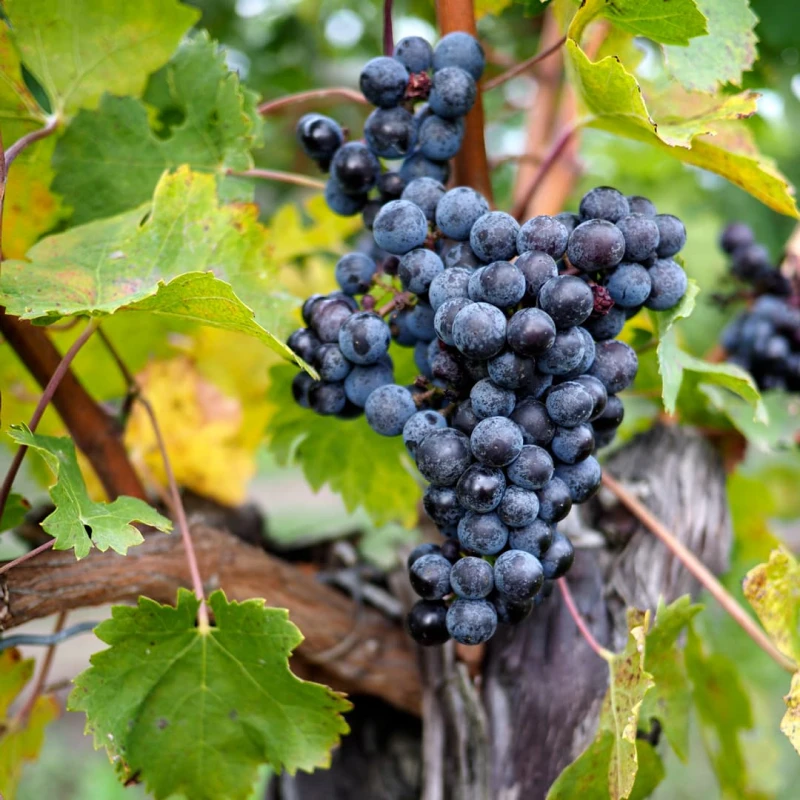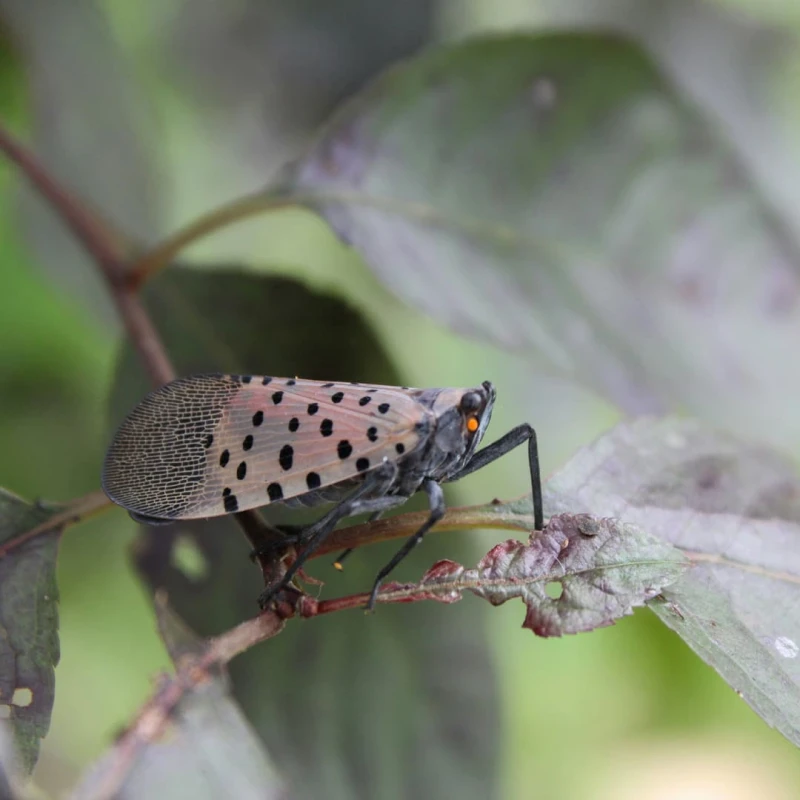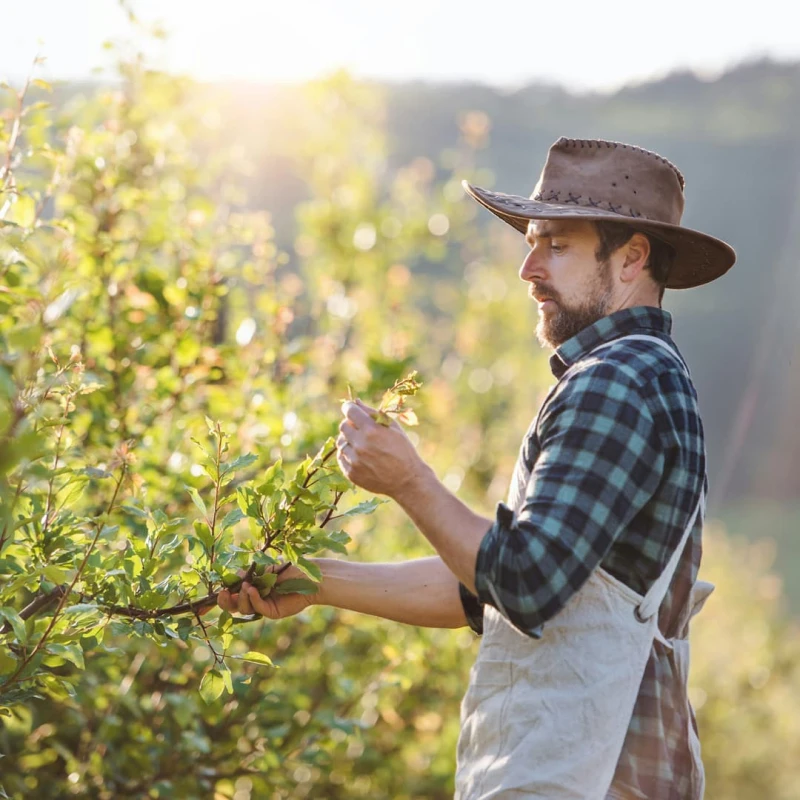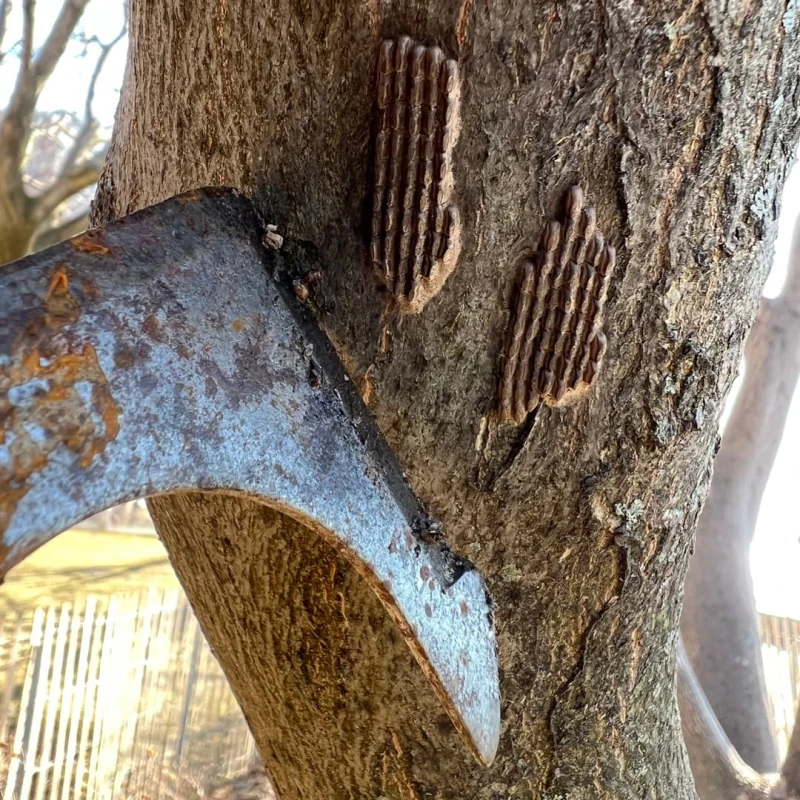How Invasive Species Affect Fruit Growers and the Economy

© marcthibault via iNaturalist.org, used under CC BY 4.0.
Crop Damage
The Spotted Lanternfly feeds on fruit trees and grapevines in large swarms, leaving plants weakened, vulnerable to further damage and in some species, mortally damaged. The Brown Marmorated Stink Bug (BMSB) has a wide range of plant hosts including tree fruit, berries, grapes, vegetables and ornamental shrubs. BMSB damages host fruit by piercing the skin, causing bruising and necrosis making produce unviable for sale.

© abv7 via iNaturalist.org, used under CC BY 4.0.
Spread of Plant Diseases
Plant diseases can be transmitted between plants through insects, roots and farming practices like grafting. Invasive pathogens like plum pox virus infect stone fruits like peaches, plums, nectarines and almonds, leading to significant crop losses and in some cases plant death.

Economic Costs
Invasive insects and pathogens cost Canadian farmers millions of dollars each year in pest management and through lower yields, reducing profits for growers. This has a ripple effect across the food supply chain, potentially raising prices for consumers and impacting export markets.
Best Practices for Fruit Growers
Monitor Crops for Signs of Infestation
Learn how to identify invasive species in your area and regularly inspect fruit and vegetable crops for early signs of pests or diseases. Detecting infestations early is your best chance to protect your crops.

Adopt Integrated Pest Management (IPM)
Use a combination of mechanical, biological, cultural, and chemical controls to manage invasive pests effectively while minimizing environmental impact.

Avoid Moving Invasive Species
Do not transport plants, soil, or equipment from infested areas without thorough cleaning to prevent the spreading of invasive pests.

SPOT IT? SNAP IT, CATCH IT, REPORT IT
Learn how to identify spotted lanternflies and their egg masses. If you find any while monitoring your crops take a photo, note the location, scrape it into a sealed container and report it to Canada Food Inspection Agency or your local invasive species council.

Collaborate with Local Agencies and Industry Groups
Work with agricultural organizations and invasive species councils to stay informed about emerging threats and best practices.
Take Action Today
Protecting Canada’s fruit and wine industries from invasive species is essential to ensuring a sustainable food supply. Inspect crops regularly, adopt pest management strategies, and report sightings of invasive species to help keep food on the table for Canadians.